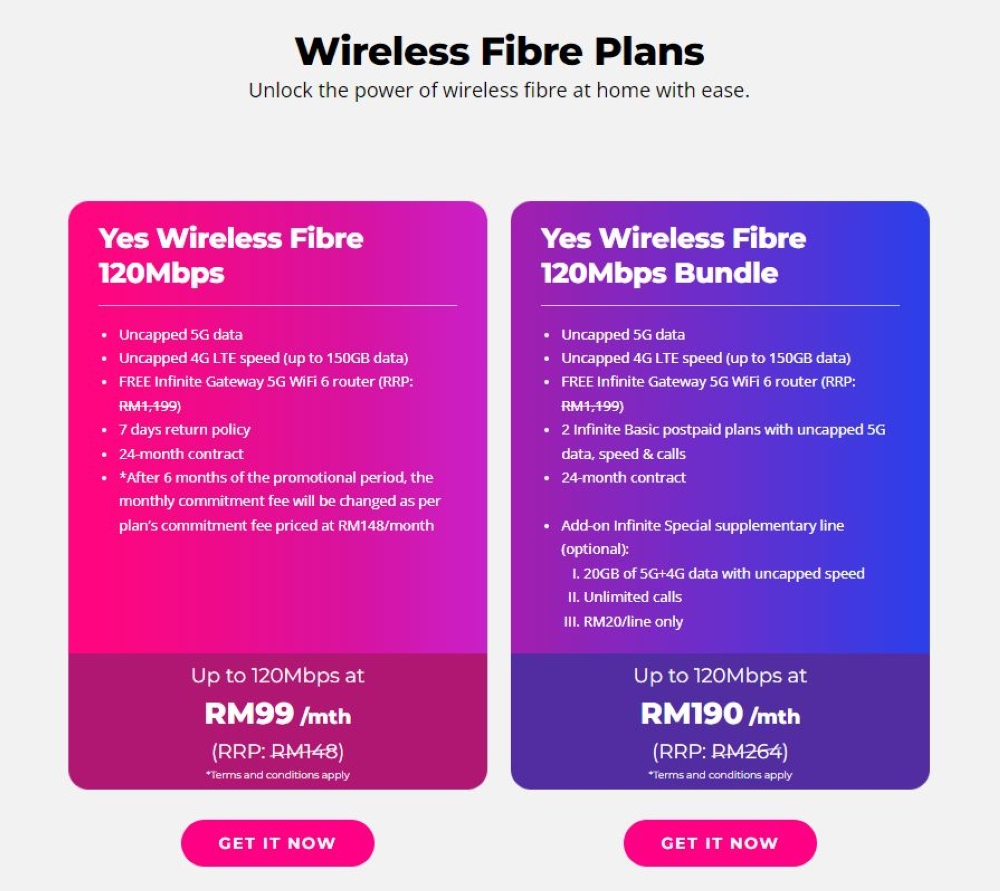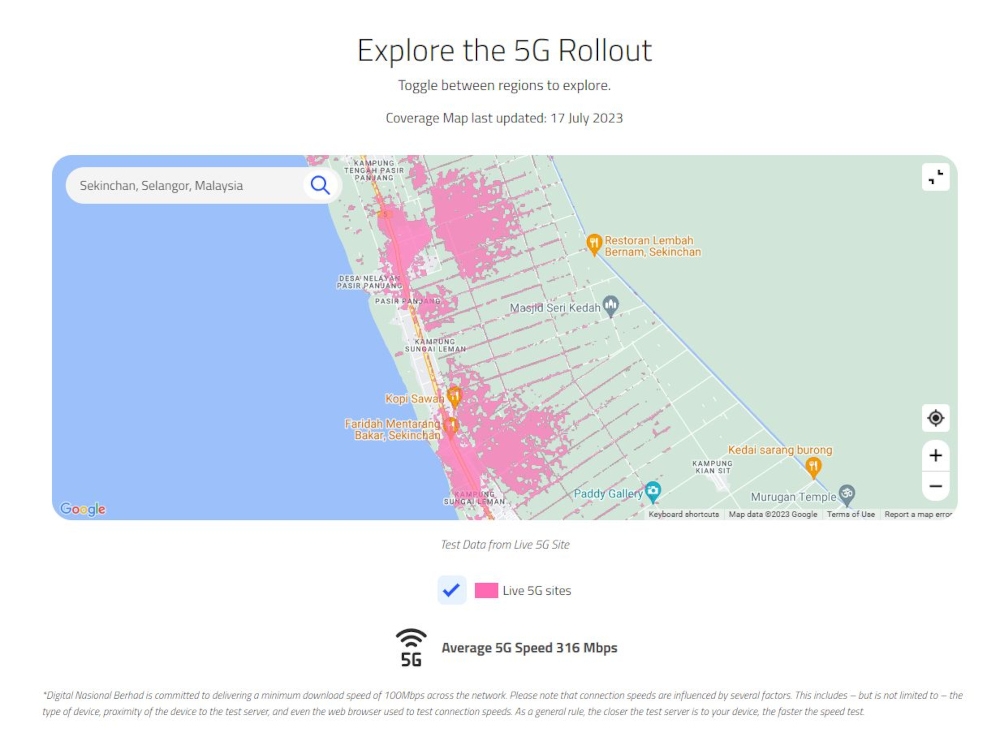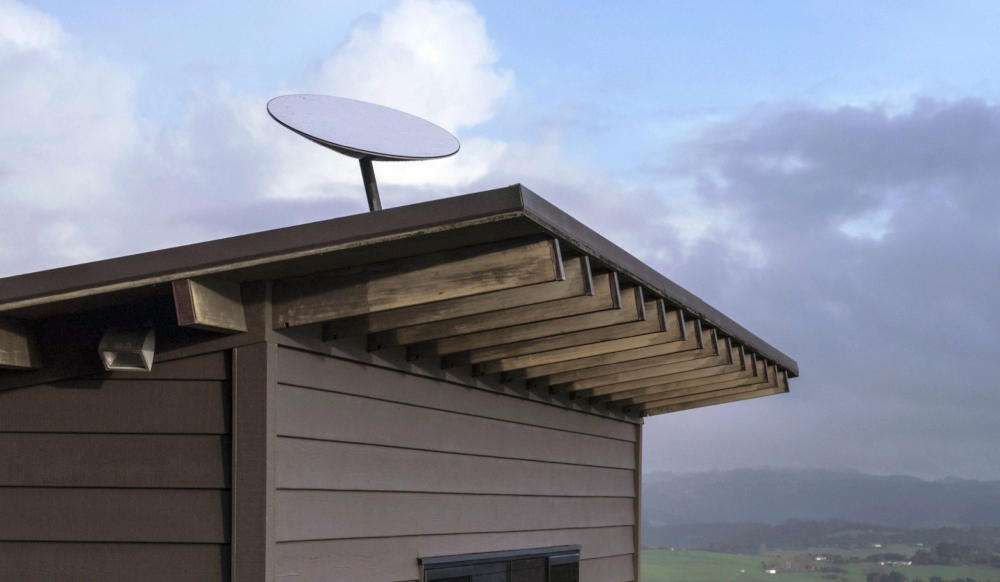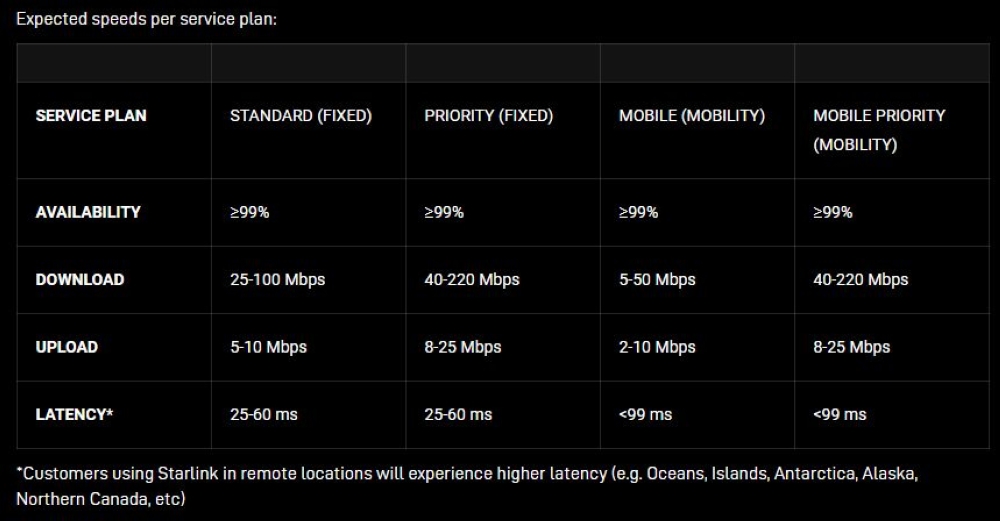KUALA LUMPUR, July 24 — When it comes to internet connectivity in Malaysia, there is fixed fibre broadband as well as mobile wireless broadband solutions such as 4G and 5G. Obviously, fibre broadband is the way to go as it provides true unlimited internet with the best reliability at a much lower price. Mobile 4G and 5G is the next best option if you don’t have access to fibre.
However, it seems that Prime Minister Datuk Seri Anwar Ibrahim has a different understanding of the cost and efficiencies of various internet options in Malaysia. In case you missed it, the Malaysian government reportedly had placed an order for 40 Starlink satellite kits which will be distributed to schools and universities.
In a shared video clip, Anwar said with the strong unity government, it was Elon Musk who requested to have a teleconference meeting with him. Anwar said they talked about several things in the video call which include Tesla and Starlink. He said if there’s no internet in Sekinchan, we can install Starlink on the roof and it can cover the area.... don’t need 5G that’s expensive and that’s mostly for the cities. Anwar said rural areas require it (Starlink) and also for rural schools and universities.
Is Starlink satellite broadband really cheaper than 5G? Let’s break it down.
Wireless 5G broadband starts from as low as RM68/month

At the moment, there are several telcos offering 5G wireless broadband in Malaysia. On Yes 5G, its “Wireless Fibre 120Mbps” is going for RM148/month on a two-year contract and they are currently offering RM99/month for the first six months. The Yes 5G plan also comes with a 5G Gateway with WiFi 6 for free on the contract.

Meanwhile, U Mobile has their U Home 5G which currently offers “unlimited” 5G broadband at RM68/month. The plan offers uncapped speeds with a Fair Usage Policy of 1TB. If you need more, you can add another 1TB of data for only RM30 which is still a bargain. The U Mobile 5G broadband plan has no contract but you’ll have to buy your own 5G router as it isn’t included.

At the time of writing, Malaysia’s 5G network by Digital Nasional Berhad has achieved a claimed 64.7 per cent population coverage as of the end of June 2023. According to their coverage map, there’s 5G coverage in Sekinchan as well as TM fibre coverage according to Unifi’s coverage checker.
Starlink Satellite Broadband is more expensive than you think

Starlink’s Satellite Broadband service is great for areas that don’t have access to fibre or 4G/5G and you can get high-speed internet if you’re within the satellite’s coverage footprint. But you do have to pay more than other internet options.
In the US, a Starlink subscription costs US$120 (about RM549) per month and the hardware itself costs US$599 (about RM2,738). Meanwhile, in the Philippines, it costs PHP2,700 (about RM226) per month while the dish and WiFi router costs PHP19,999 (about RM1,675).

In terms of expected speeds, Starlink promises downloads of 25Mbps to 100Mbps for its standard fixed plan or between 40Mbps and 220Mbps for its priority option. In terms of latency, it offers between 25ms and 60ms.
While it is better than GEO satellites, it is quite a far cry from what you can get from 5G and fibre broadband in Malaysia. If you look at the monthly cost alone, Starlink is more expensive than current fibre broadband and wireless 5G plans in the market. Since Satellite is a finite resource, Starlink also has a Fair Usage Policy and the quality of service can be affected by adverse weather conditions.
Malaysia should focus on affordable access to fibre
After the end of Jendela Phase 1, more Malaysians have access to faster broadband as there are now over 7.74 million premises passed by fibre. One of the major concerns is the pricing which the government can reduce significantly as part of its Rahmah initiative.
Instead of offering cheaper fibre plans for a specific group of people, all Malaysians can enjoy cheaper broadband rates or enjoy faster speeds if the new Mandatory Standard of Access Pricing (MSAP) which took effect on March 1, 2023 is enforced. As shared by the MCMC, the price reduction is only expected to happen after September 2023. — SoyaCincau






















